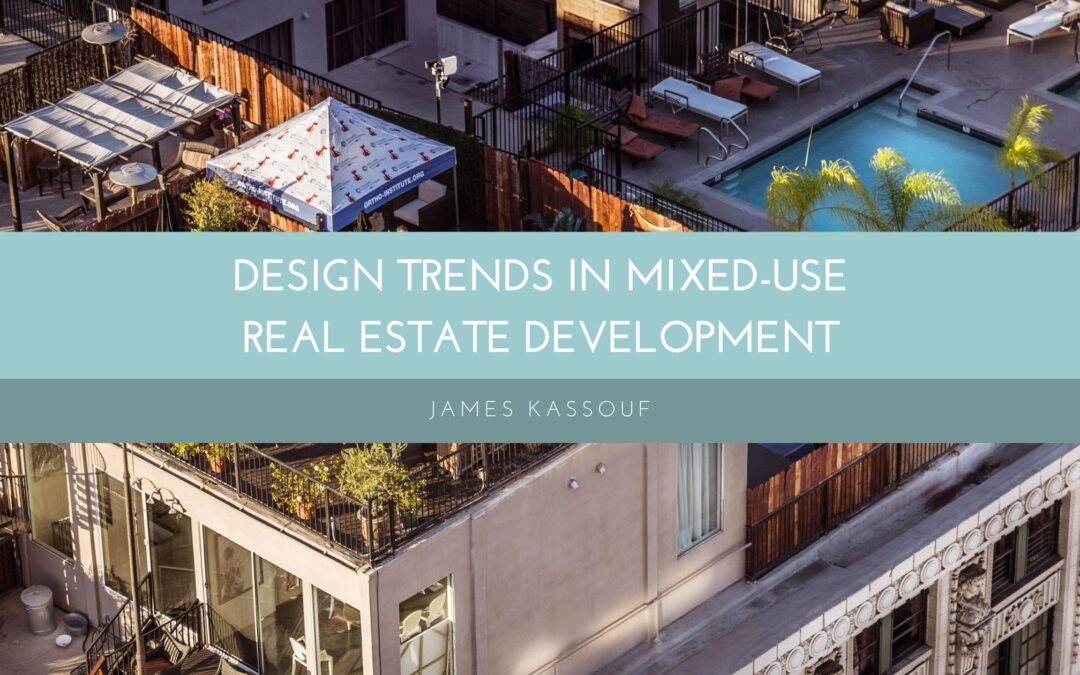Mixed-use real estate development has gained significant popularity recently due to its ability to create vibrant, diverse, and sustainable communities. This approach combines residential, commercial, and recreational spaces within a single project, fostering convenience and community.
Combination developments have a rich history dating back to ancient times but have experienced a resurgence in the modern era. The concept thrives on urban planning, walkability, and creating lively neighborhoods. By integrating various functions and amenities, developments promote a live-work-play lifestyle, reducing the need for extensive commuting and enhancing residents’ overall quality of life.
Flexible and Adaptive Spaces
One prominent design trend is incorporating flexible and adaptive spaces. Developers increasingly focus on creating versatile environments accommodating changing needs and evolving market demands. This includes incorporating movable walls, modular furniture, and multi-purpose areas that can be easily reconfigured. Such flexibility allows spaces to adapt to different uses over time, ensuring long-term viability and maximizing the potential of the development.
Emphasis on Sustainability
Sustainability is a crucial consideration in modern mixed-use developments. Designers are incorporating green building practices, energy-efficient systems, and sustainable materials to reduce environmental impact. A community-centric design approach might gain traction, emphasizing open spaces, parks, and community gathering areas to foster social interactions and community building. Incorporating essential services within walking distance can promote a sense of community and convenience. Health and wellness features may also become integral, spurred by heightened health awareness due to the COVID-19 pandemic. These features could include ample ventilation, natural lighting, outdoor spaces, fitness centers, and wellness clinics.
Connectivity and Technology Integration
In the digital age, connectivity, and technology integration are essential aspects of mixed-use design. Developers are incorporating innovative technology to enhance the overall experience of residents and visitors. This includes high-speed internet access, smart home automation, and efficient transportation systems. Furthermore, multipurpose developments integrate technology platforms for seamless communication, community engagement, and convenient service access. Embracing these advancements improves connectivity, efficiency, and convenience, elevating the living experience within these developments.
Urban Farming and Heritage Preservation
The changing retail landscape by E-commerce may drive developments to adapt by including dedicated spaces for package delivery and returns and areas designed for “click-and-collect” services. Simultaneously, Urban Farming and locally sourced amenities could increase in popularity as a design feature. Incorporating urban farms and farmer’s markets could cater to the growing interest in local, sustainable food options. Micro-mobility solutions such as bike lanes, scooter parking, and other alternative transportation options might be incorporated more into infrastructure designs.
Heritage preservation may become a trend in certain regions, with blended developments incorporating and preserving historical or cultural elements to maintain a connection to the local heritage and create a unique sense of place. g Affordable Housing will address urban housing demand, reflecting a move towards addressing social equity and urban housing shortage issues.

